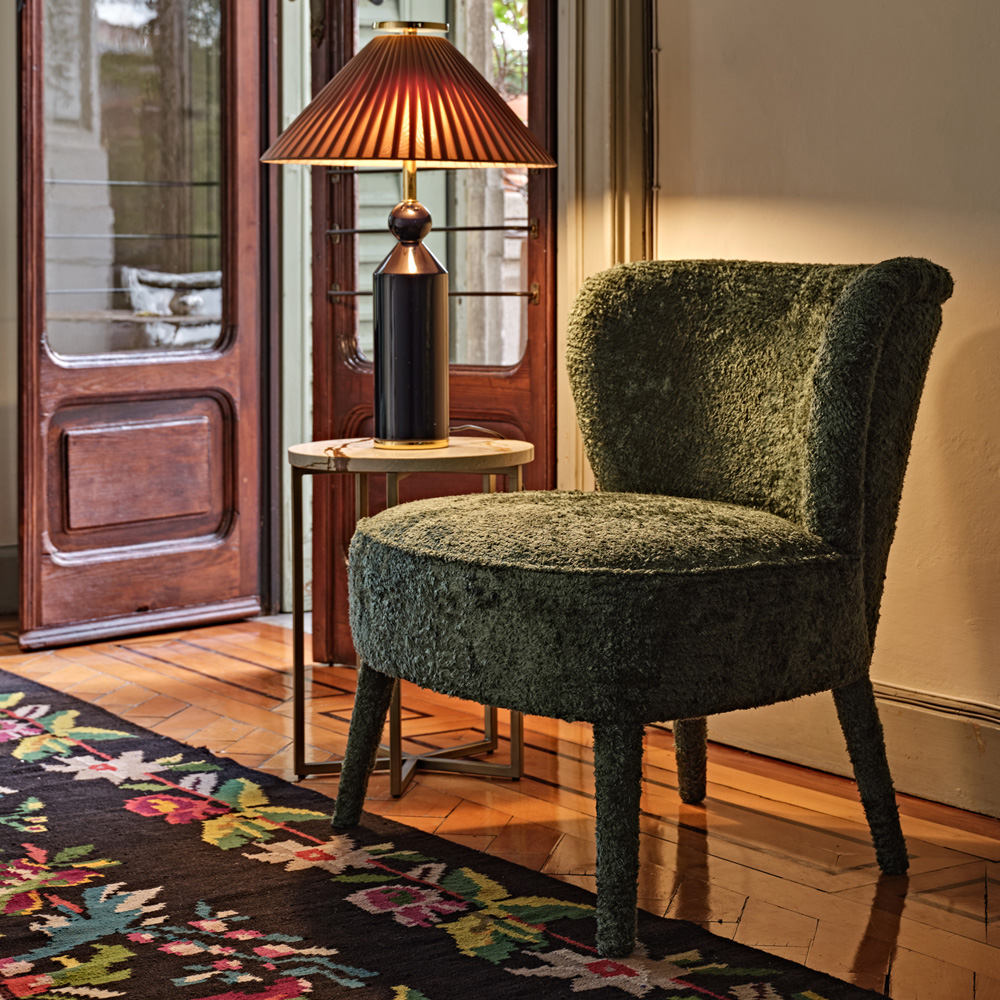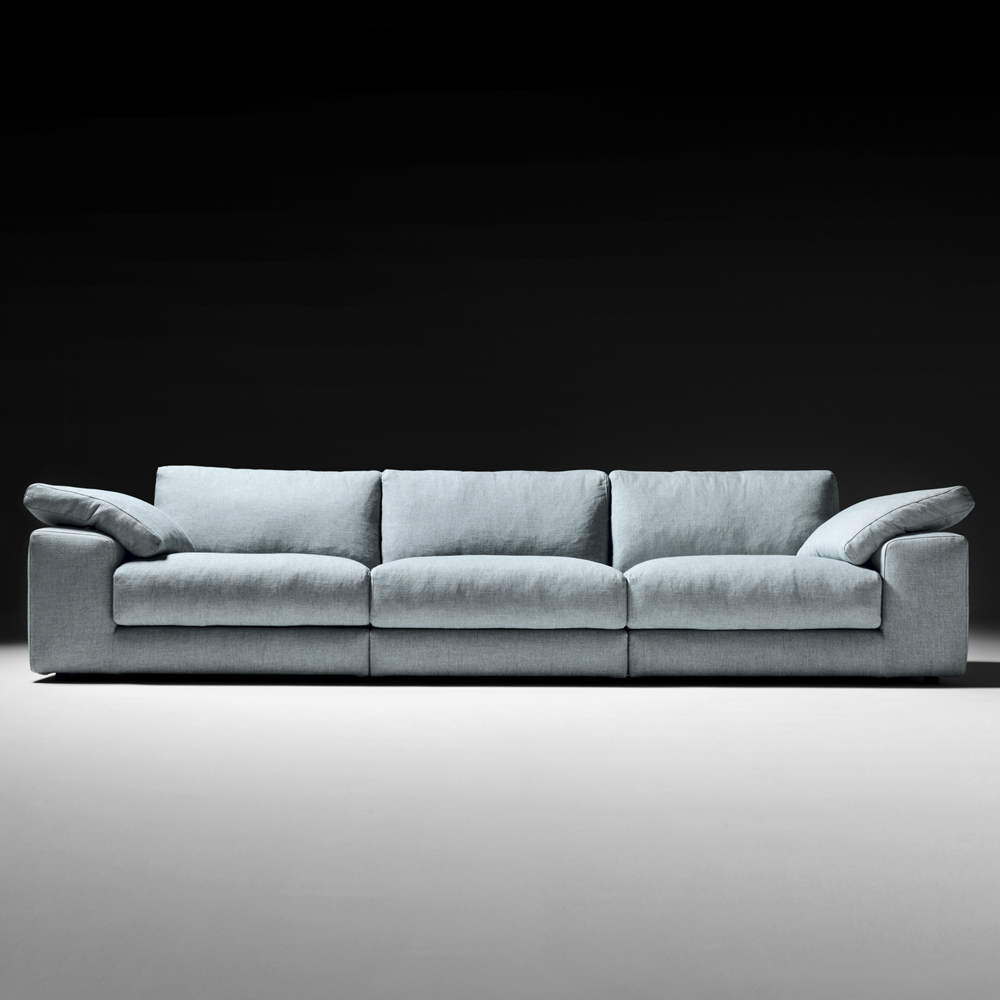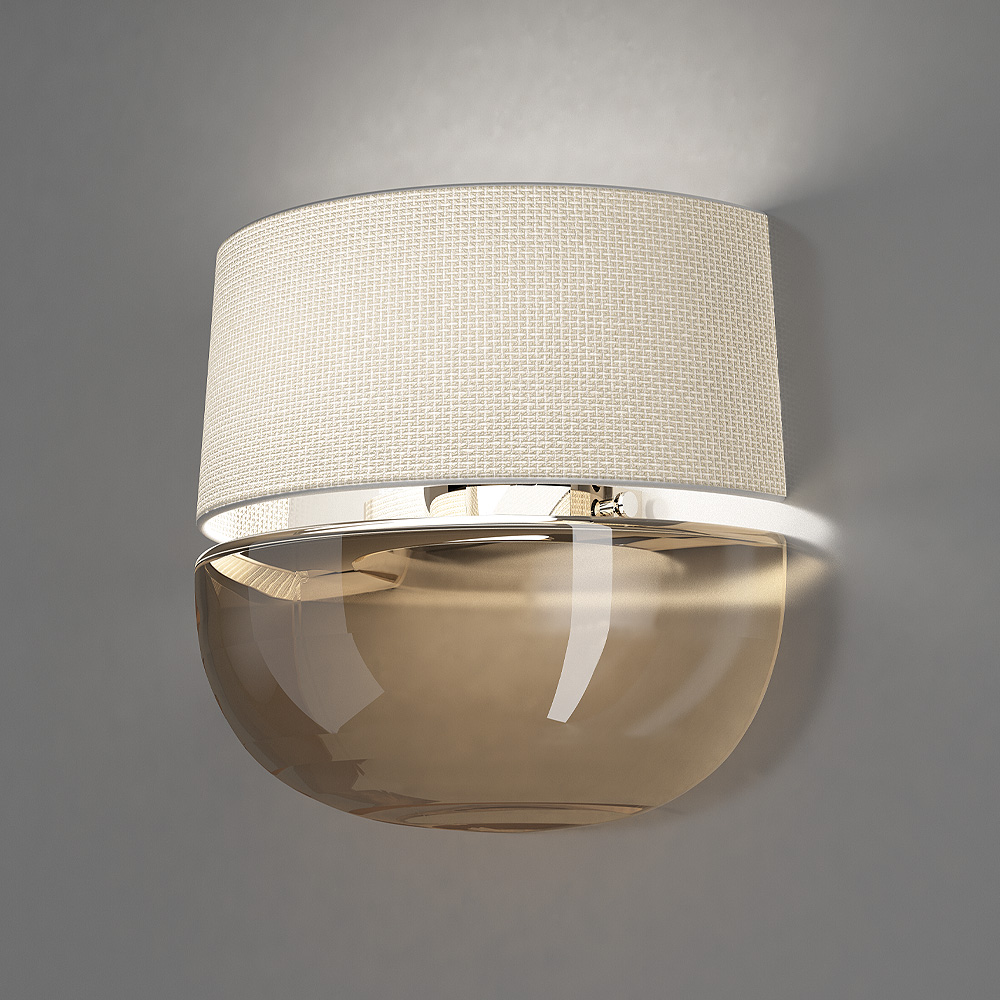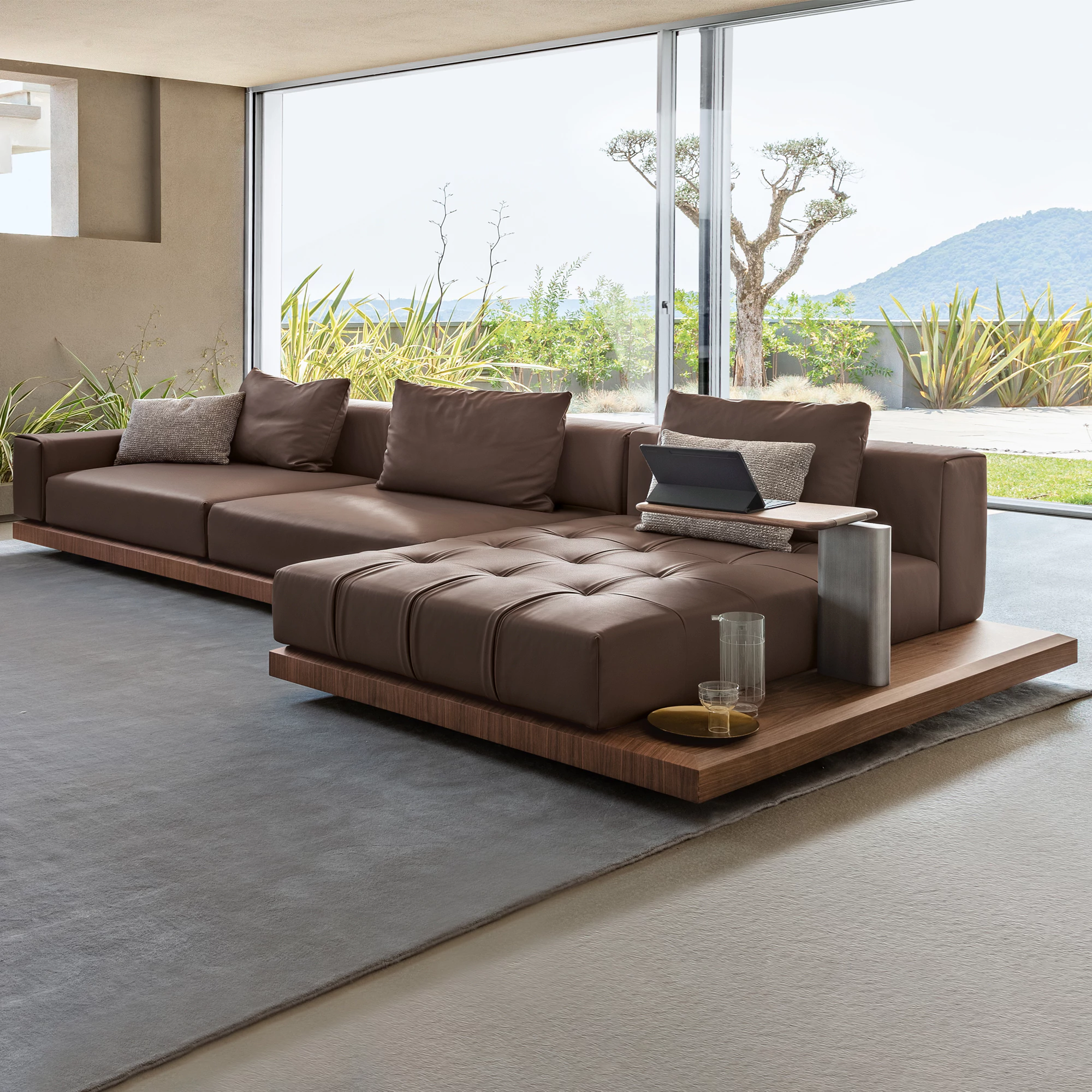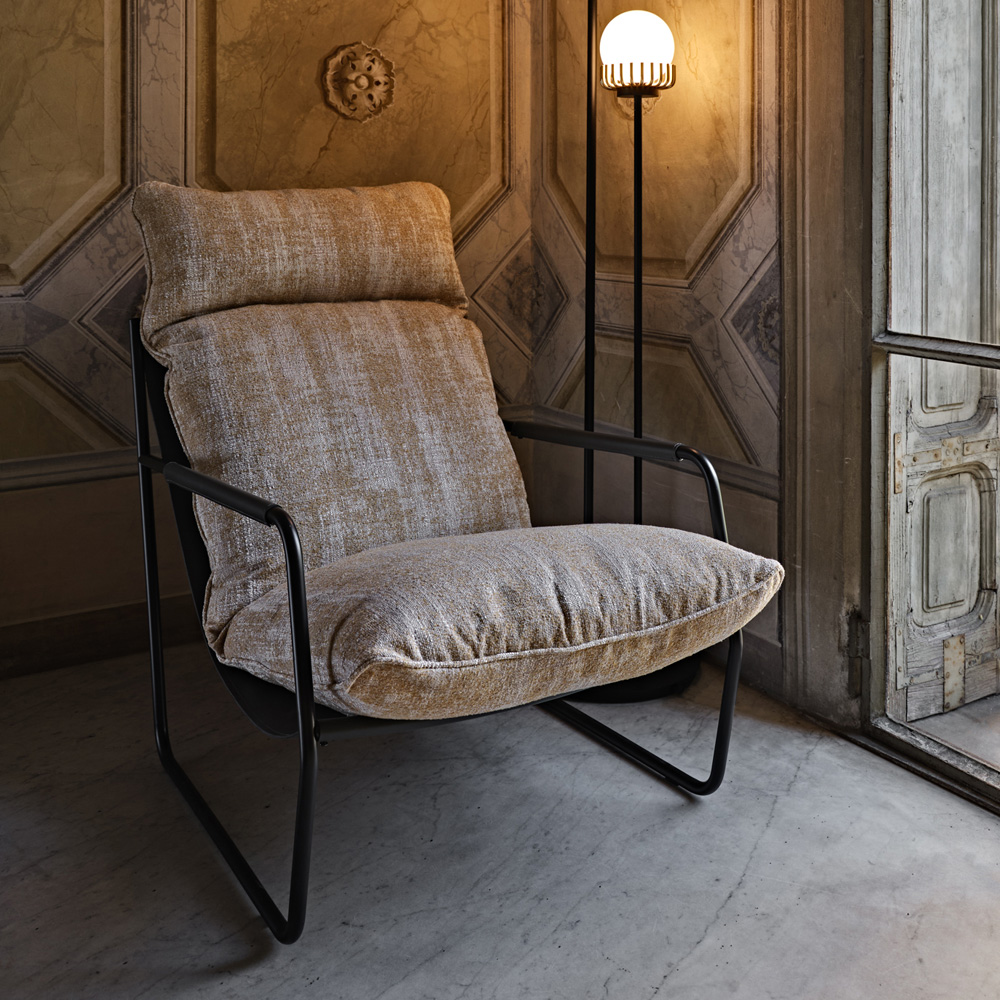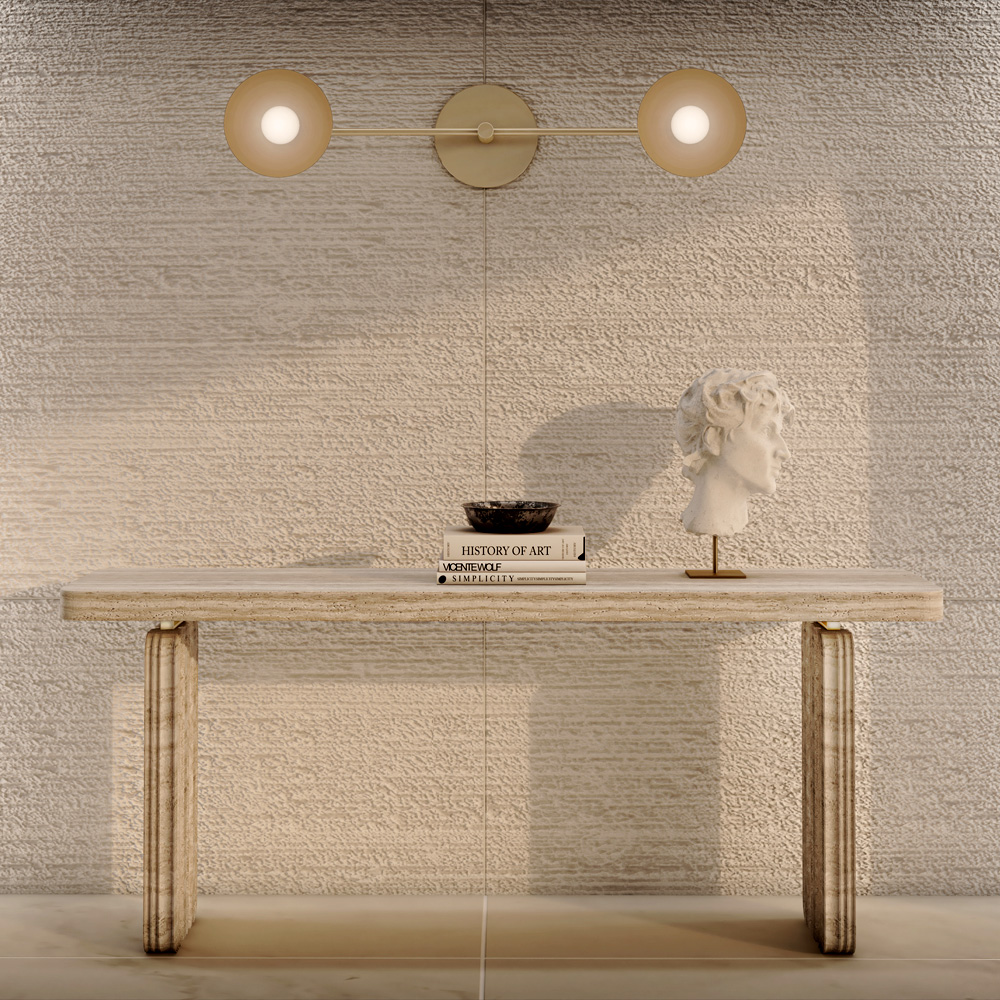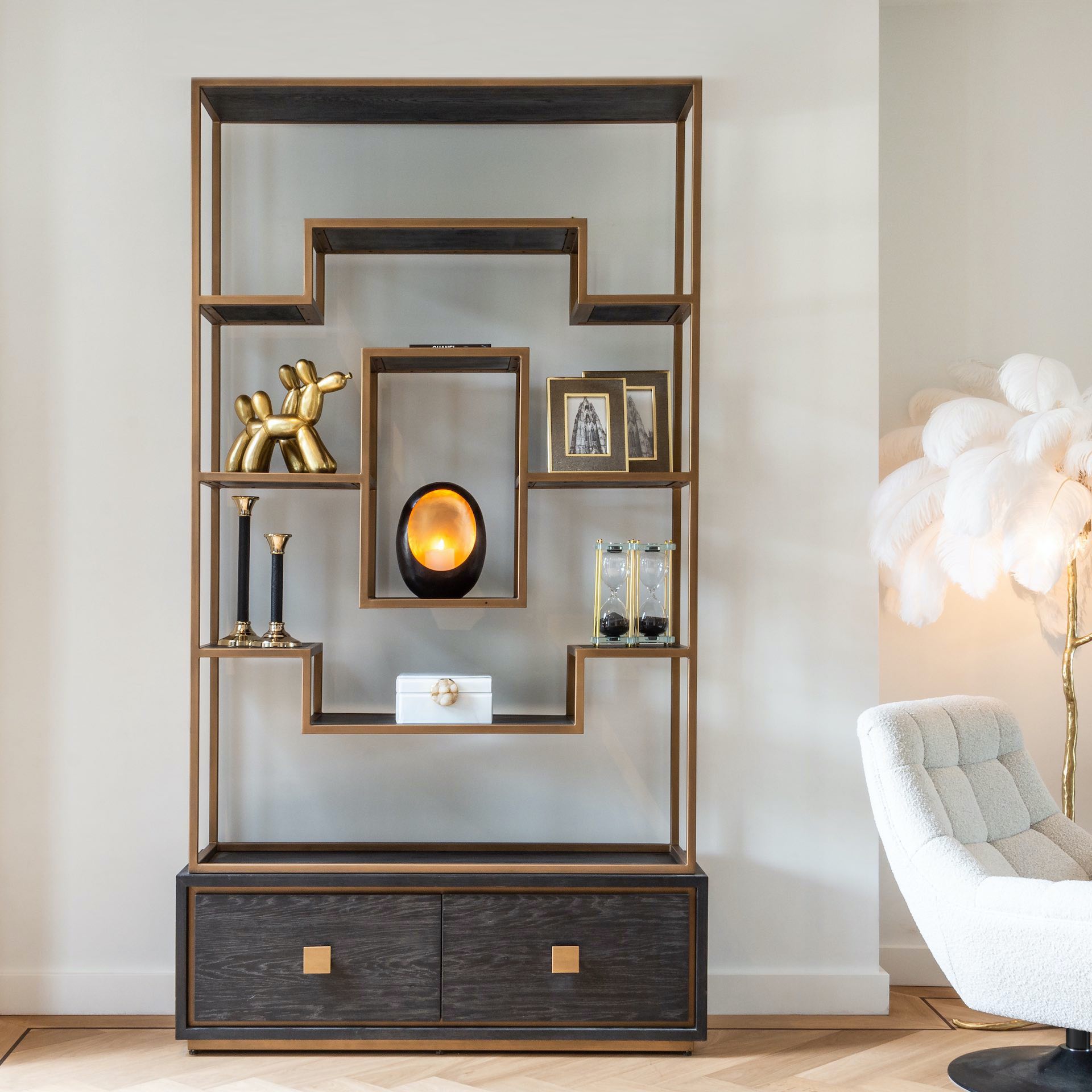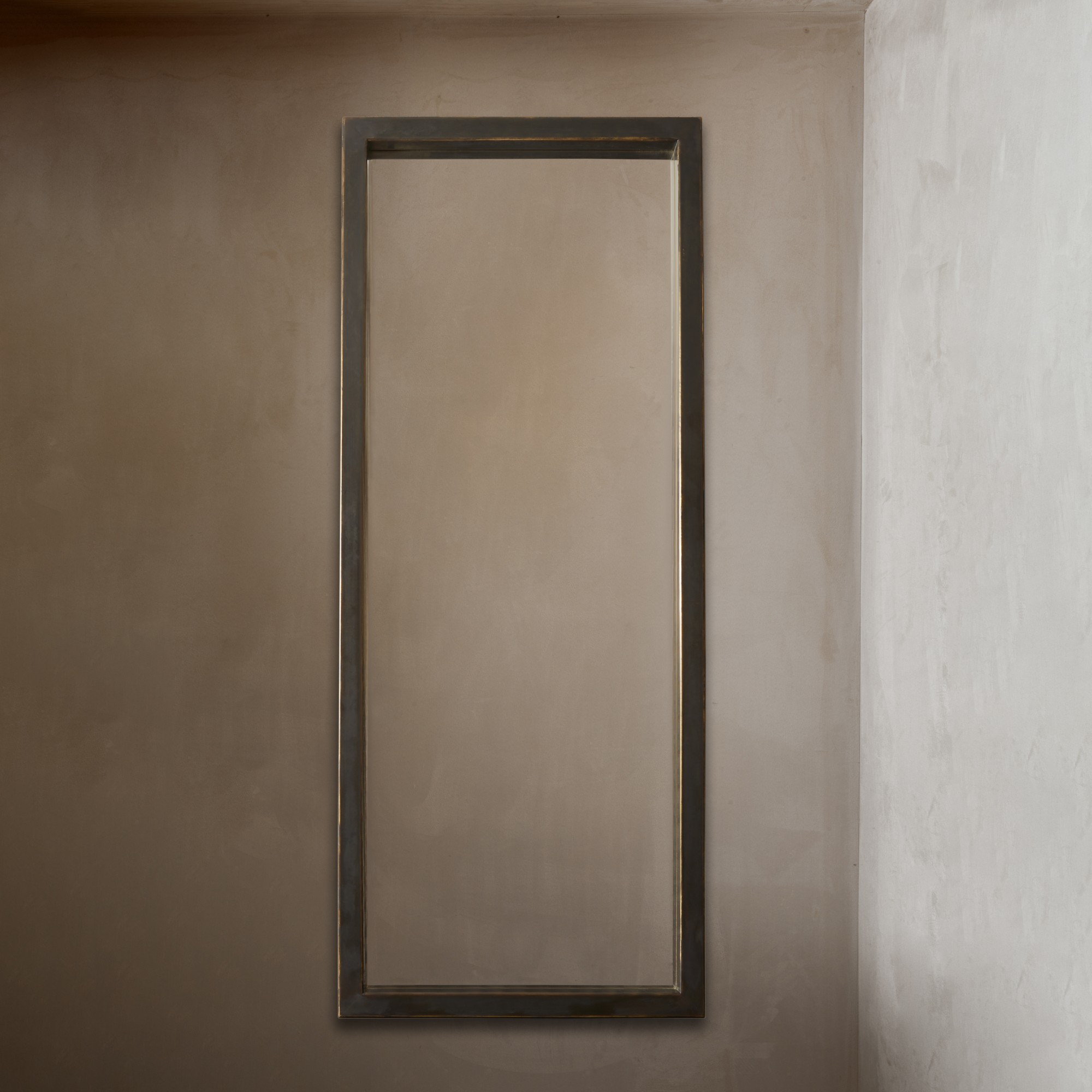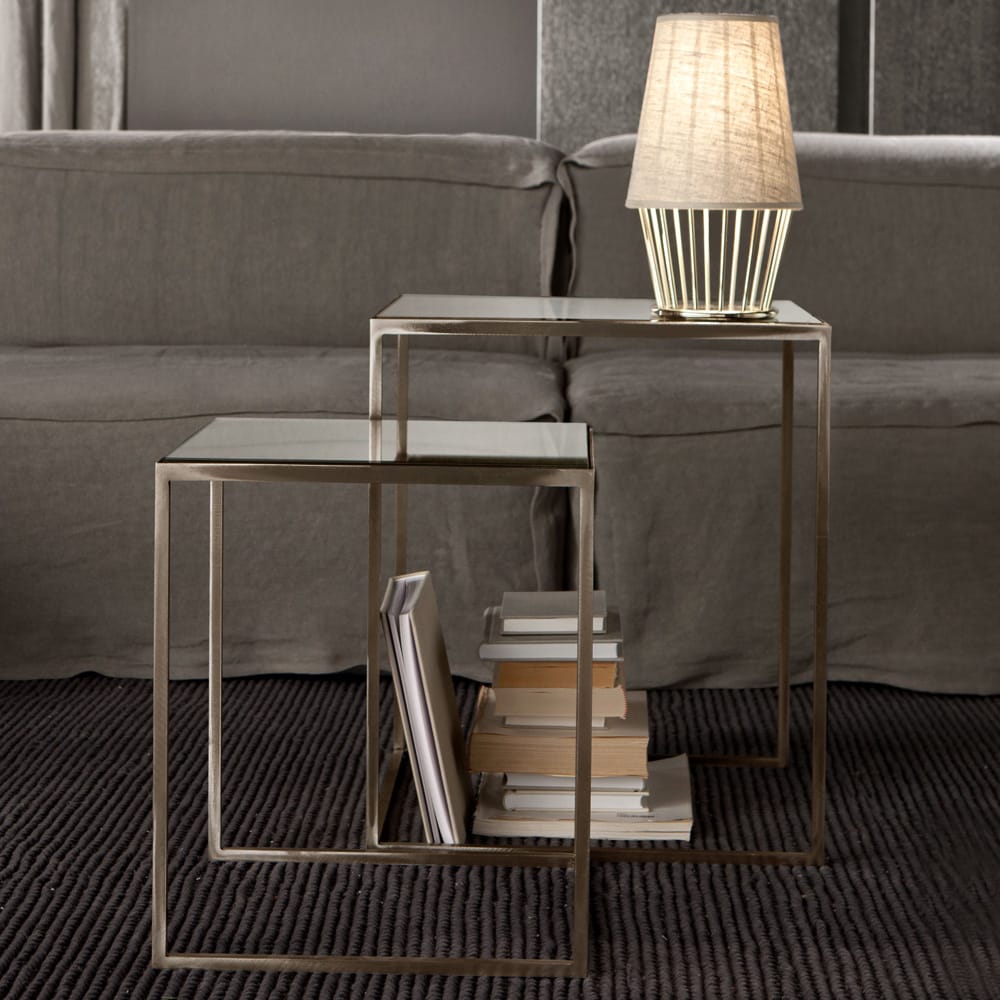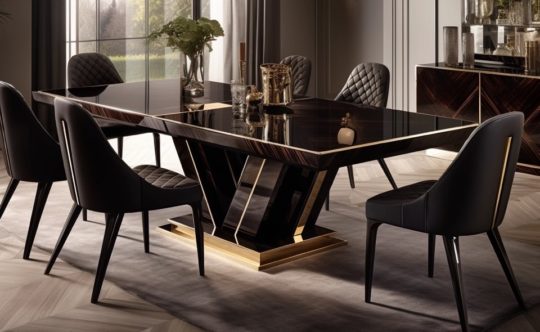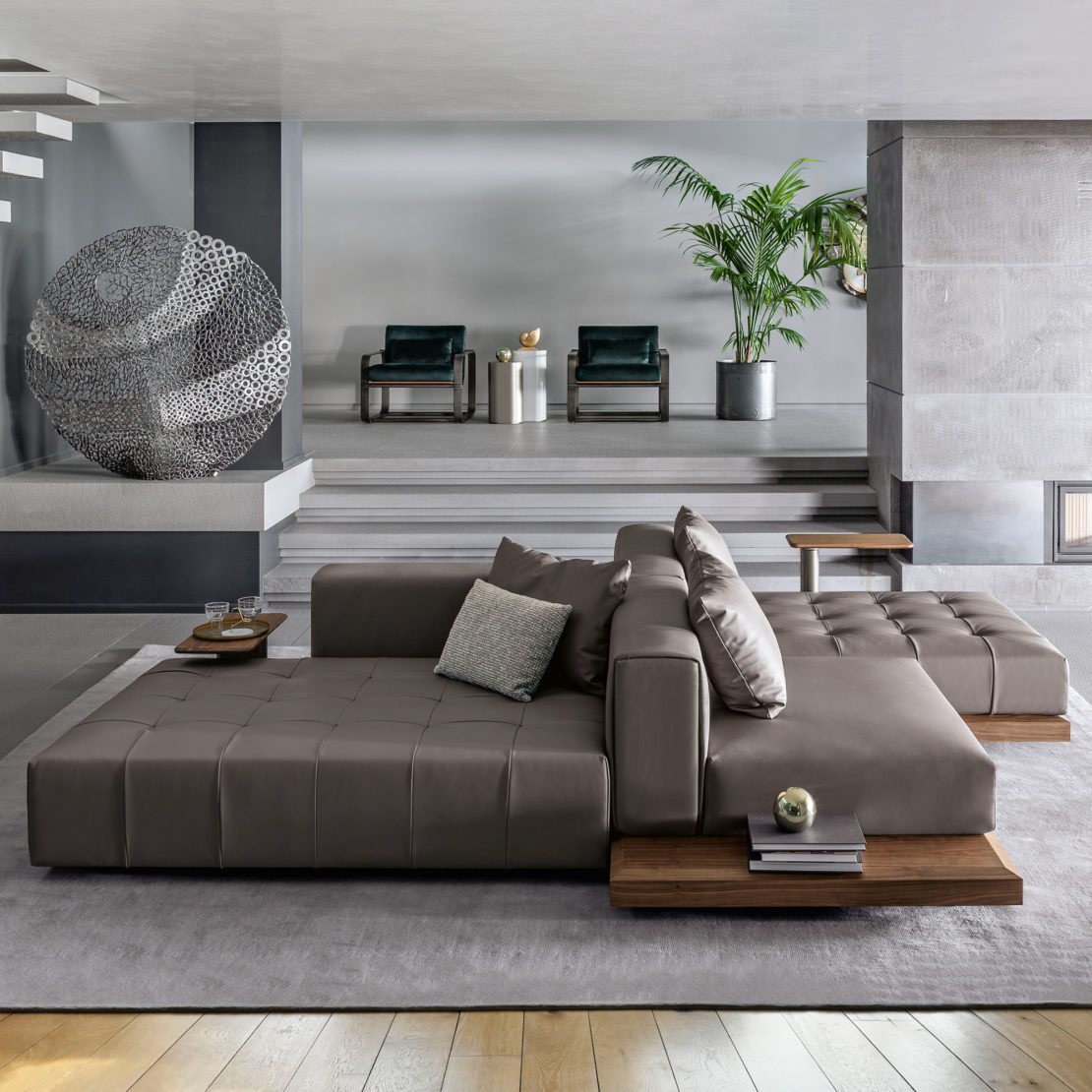
Your home may be your personal sanctuary, but it can at times feel far from peaceful – particularly in those high-traffic areas! So, rather than trying to fit moments of calm around the chaos, it may be better to make a special space for them. The perfect meditation room isn’t just about having somewhere to go for a bit of “me time”. It’s about creating an environment that promotes tranquillity, helping you to shut out the stresses of everyday life. A place where you can clear your mind, focus on your breathing, and bring yourself back to balance. And if that all sounds like something you need, you’re not alone.
As a luxury interior design company, we’ve noticed these dedicated spaces – also known as “zen dens” – are becoming hugely popular. So, whether it’s at home or in the office, we’ve identified the four key features for creating the perfect meditation room.
1. Colour scheme
We’ve talked before about colour psychology, and how a room’s colour scheme can affect how we behave in it. For obvious, rather macabre reasons, we often associate red with danger, which biologists argue is because it stands out most vividly against green, the quintessential colour of nature. Bold and bright colours are very stimulating, and can therefore be distracting, so aren’t the best choice for a meditation room. Instead, we recommend opting for neutral and nature-inspired shades, such as blues, greens and browns. These colours tap into our innate human instinct to connect with nature, known as biophilia, by bringing a sense of the outdoors to your interior. As a result, they work to replicate the feeling of calm you might experience when on a beach, or in the countryside, for example. Read more about biophilic design principles here.
Overall, your colour scheme should be uplifting yet relaxing, so keep colours tonal and complementary, but on the more neutral end of the spectrum to promote calmness and tranquillity.
-
 Modern Occasional Chair£3,415.00
Modern Occasional Chair£3,415.00 -
 Large Linen Designer Modular Sofa£18,995.00
Large Linen Designer Modular Sofa£18,995.00
2. Minimalism
We may meditate to feel calm yet energised, but it simply can’t happen in a busy room. It’s like trying to stand still on a busy sidewalk during rush hour – getting bumped and knocked until you give in to chaos around you. It’s not enough to allocate a room for meditating and be done with it; it needs to be the ideal environment for doing so. Hence why it’s important to create a pared back look – free from distraction – to promote focus. Keep negative spaces clear as possible, incorporating only one or two interesting features to give it some sort of edge. For instance, you could add a wall light for ambience, or perhaps a tactile piece of artwork that is simple but effective.
However you prefer to treat negative space in the rest of your home, your meditation room should lean towards a more minimal aesthetic. So, be sure to avoid over-decorating with lots of items and accessories that can make it feel cluttered.
-
 Viridian Green Crystal Rock Wall Light£1,322.00
Viridian Green Crystal Rock Wall Light£1,322.00 -
 Contemporary Dome Glass Wall Light£870.00
Contemporary Dome Glass Wall Light£870.00
3. Seating
But just because you are creating a meditation room doesn’t mean you have to sit on the floor. To truly relax, you need to feel comfortable, which means seating plays an essential role in this space. Of course, your choice will depend on your personal preference. For example, you might opt for a sumptuous sofa or armchair. Alternatively, if you indeed want to use the floor, a luxurious rug or some oversized cushions could make all the difference. And there’s no reason you can’t have both for variety, providing you have the space. Our needs vary from day to day, and the perfect meditation room should cater to as many of them as possible. We suggest allocating one corner of the room for floor work, and another for deep seating in the form of a chair, loveseat, or small sofa.
Remember, this room isn’t designed for socialising – it doesn’t need to accommodate a lot of people, only a select few!
-
 Contemporary High End Modular Corner Sofa£27,400.00
Contemporary High End Modular Corner Sofa£27,400.00 -
 Contemporary Mid Century Style Metal Armchair£5,875.00
Contemporary Mid Century Style Metal Armchair£5,875.00
4. Nature
In an ever-becoming synthetic world, it’s no wonder we’re seeing an increase in demand for nature inspired homes. As discussed earlier in this blog, nature plays a pivotal role in helping us to feel calm in our homes, which is why it’s an essential addition to your meditation room. Choose a space with good natural light, or optimise the light you have with a simple mirror. Furniture made using organic materials such as wood and stone, silks and linens are a great way to welcome nature into the home in what we call an indirect manner.
-
 Exclusive Stone Console Table£20,718.00
Exclusive Stone Console Table£20,718.00 -
 Black Oak And Brushed Gold Effect Wall Cabinet£4,192.00
Black Oak And Brushed Gold Effect Wall Cabinet£4,192.00
But you can also incorporate nature directly. Plants are purifying and help to clean the air, so if your meditation room is flooded with natural light, introduce an abundance of plants in varying colours and sizes and species for a dynamic environment. From hanging trailing plants to placing them on floating shelves – not to mention large floor plants – mixing it up is key. We particularly love the idea of using nesting tables for this multi-levelled look!
At Juliettes Interiors, all of our luxury furniture designs are fully customisable, allowing you to select the size, materials, and colours that suit your space. For more information, feel free to contact us.
-
 Exclusive Bespoke Bronze Mirror£2,995.00
Exclusive Bespoke Bronze Mirror£2,995.00 -
 Modern Italian Designer Nest Of Mirrored Side Tables£3,626.00
Modern Italian Designer Nest Of Mirrored Side Tables£3,626.00
However you choose to decorate the rest of your home, remember, your meditation room needs to be different. Create a space that promotes calm and comfort and gift yourself an escape from the hustle and bustle of daily life. If you’re interested in having us help bring your own meditation room to life, click here to find out more about our luxury interior design service.
